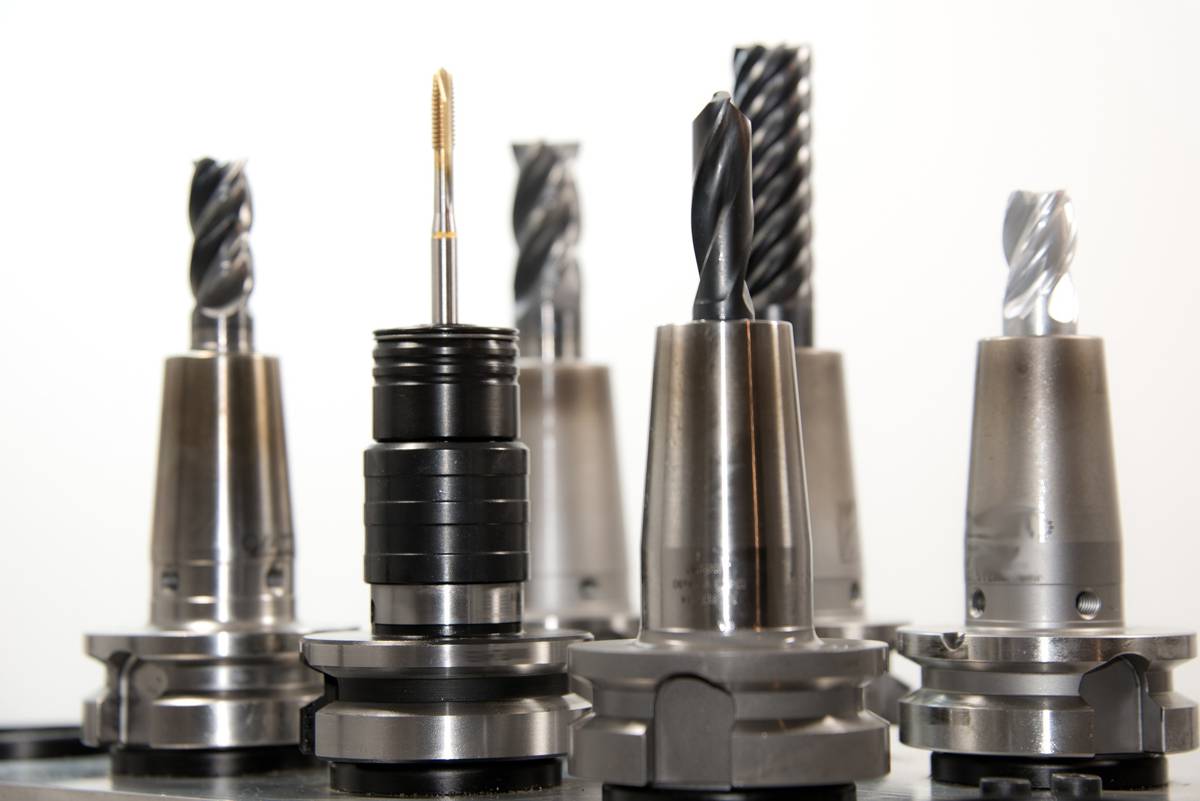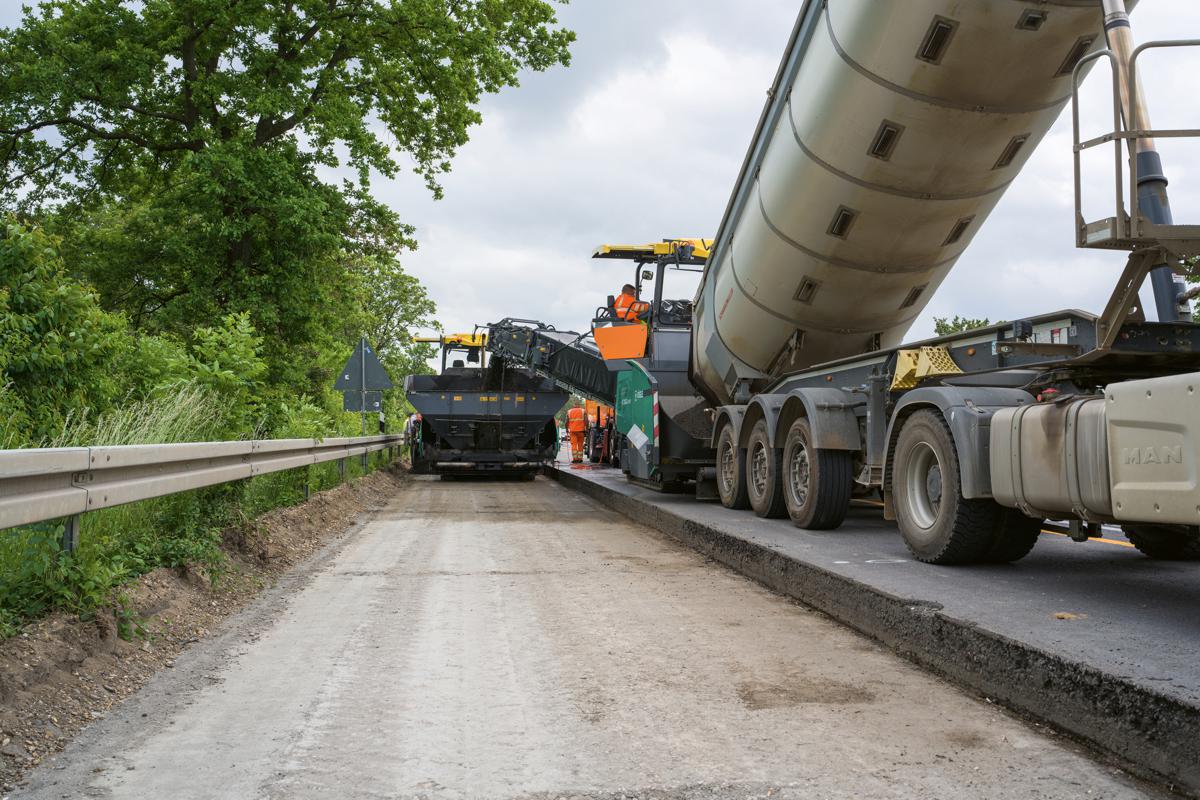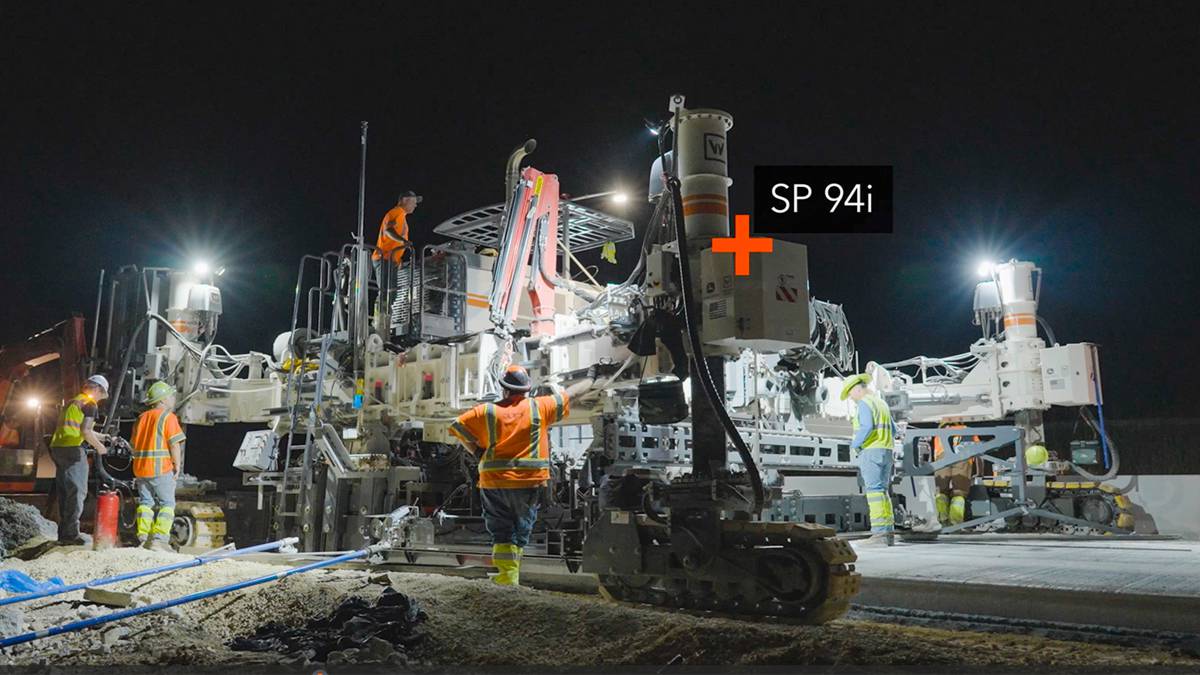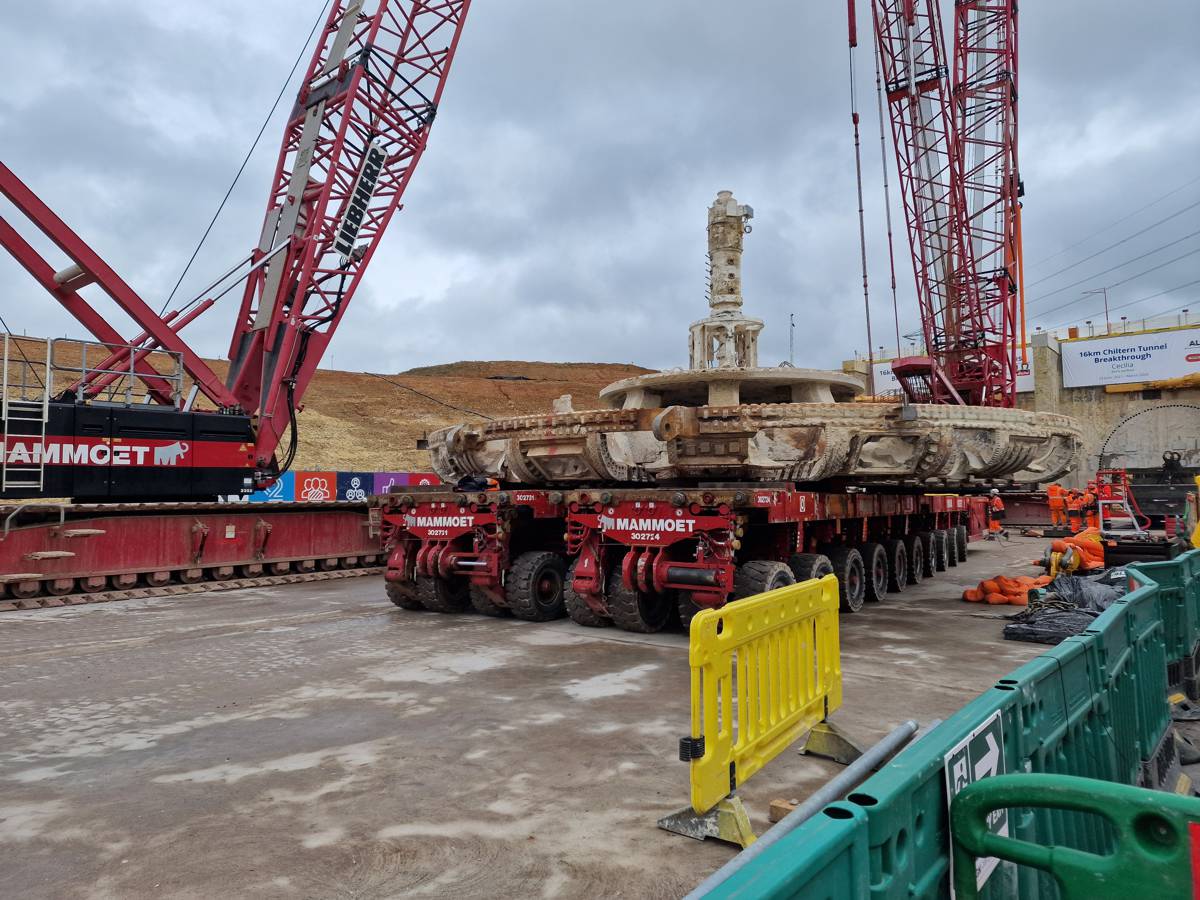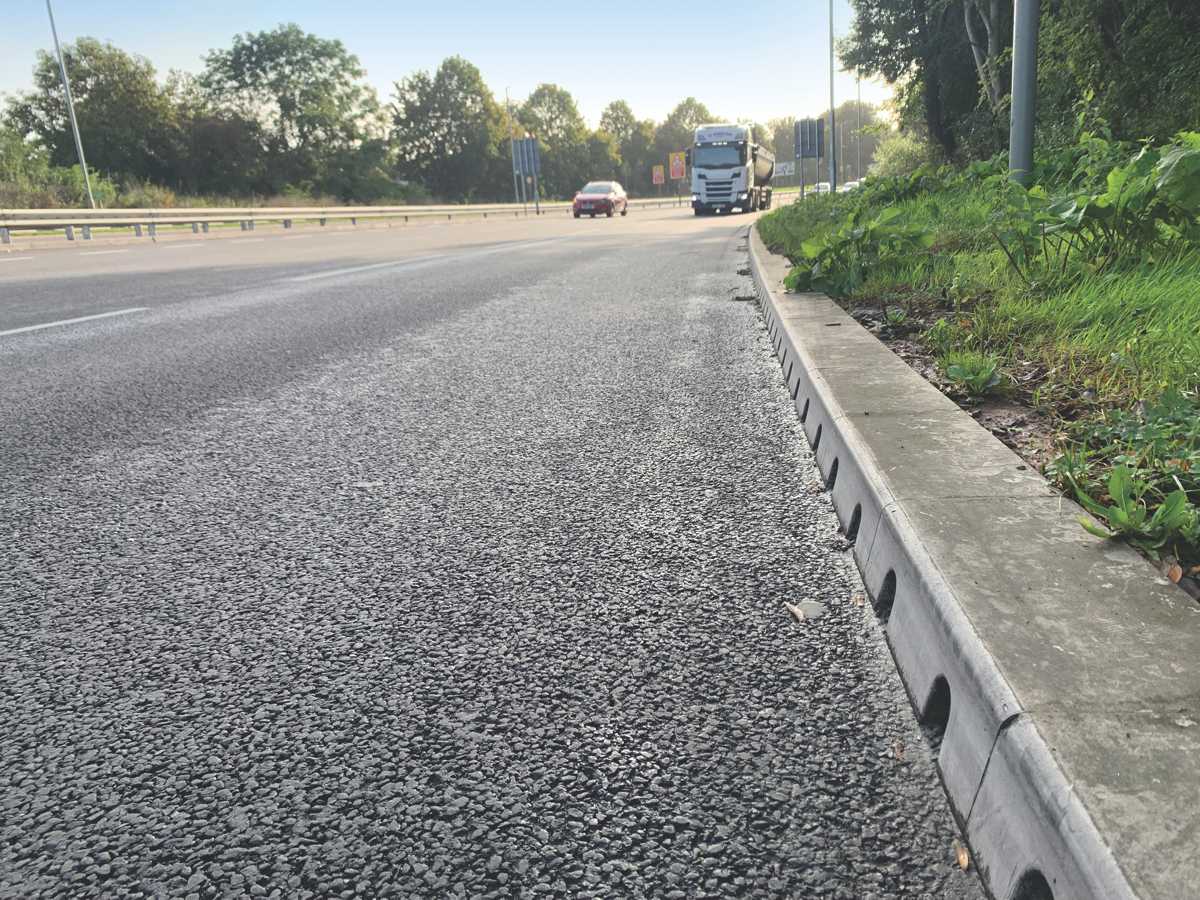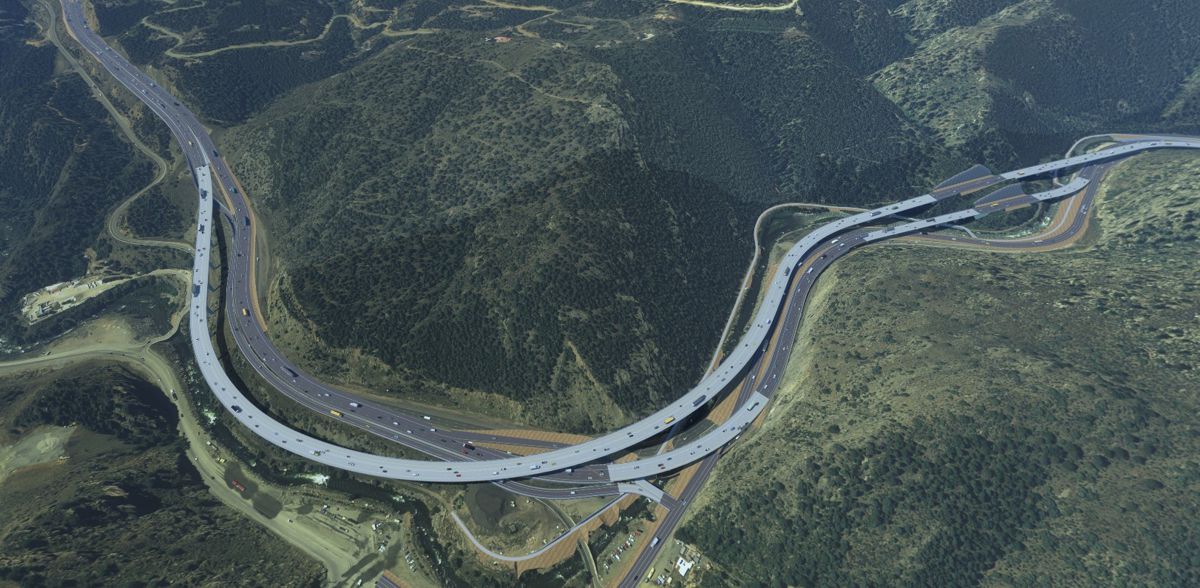Tips to reduce cost of CNC Machining Aluminum
As world technology continues to improve, machining services also advance, and if you are not careful, you may miss out on new design tips to improve your fabrication. However, one critical thing is that manufacturers always find ways to reduce production costs without necessarily producing part’s functionality.
Typically, the material for fabrication plays a crucial role in the overall manufacturing cost. Therefore, manufacturers should stick with a cost-effective material with excellent machining properties. This has made aluminum a favourite among many manufacturers. It’s pretty easy to machine, as it easily chips yet is highly durable, and it’s suitable for fabricating complex parts.
That said, this article provides you with tips to reduce the costs of aluminum machining services.
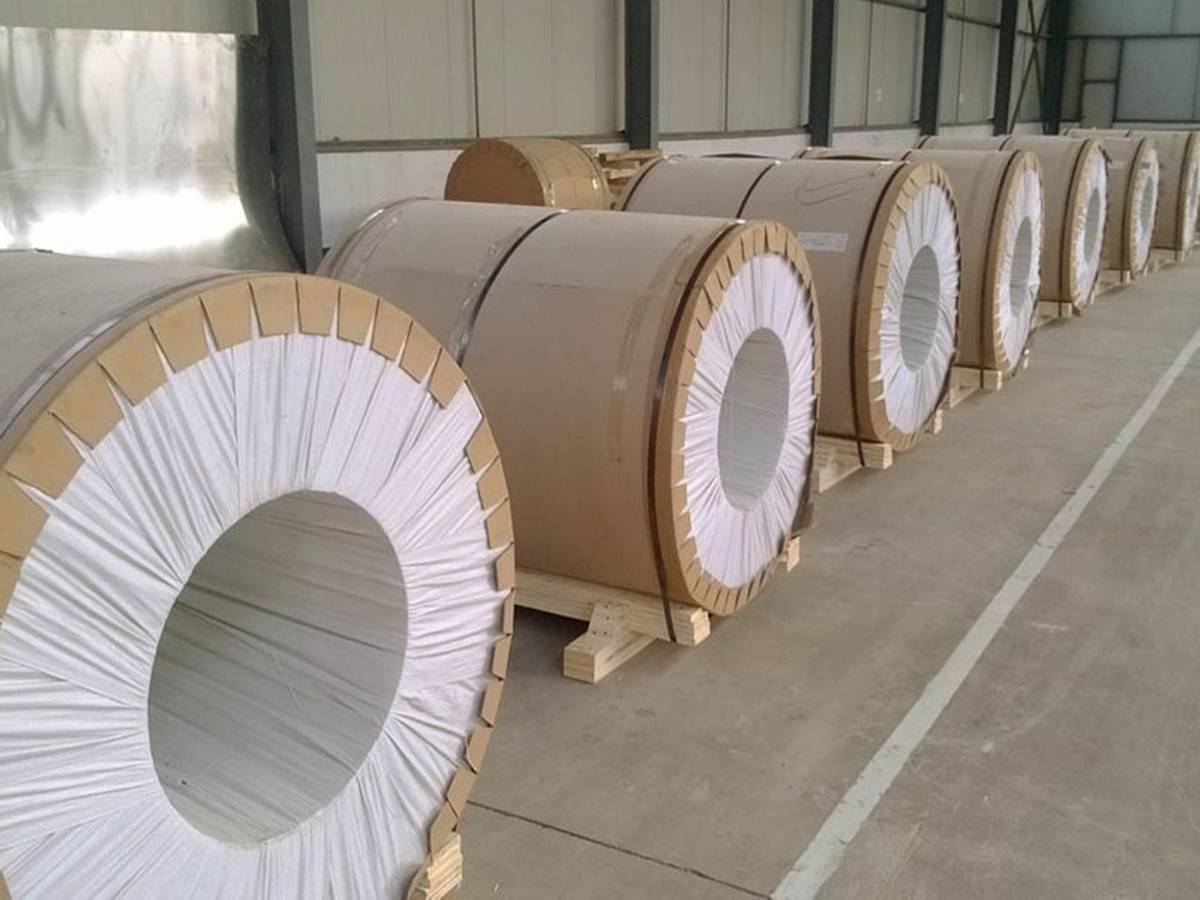
How Much Does it Cost to CNC Aluminum?
We have already established aluminum as a cost-effective material with top-notch machining properties. So, what are the factors that affect the cost of machining aluminum?
Machining Time
It’s apparent that longer machining time refers to increased production costs. Machining time is perhaps the essential factor in the cost of machining aluminum.
Start-up Costs
Before machining, you must have designed your CAD file and planned the production process. This design you are working with is what determines the end product of your parts.
Other Aspects of Production
Some fabrication calls for unique requirements such as tighter tolerances, intricate details, or overly thin walls, which often cause machining difficulties. Designs with such specifications may require special tools, lower machining speed which means more time, or additional machining steps. All these will account for increased manufacturing costs.
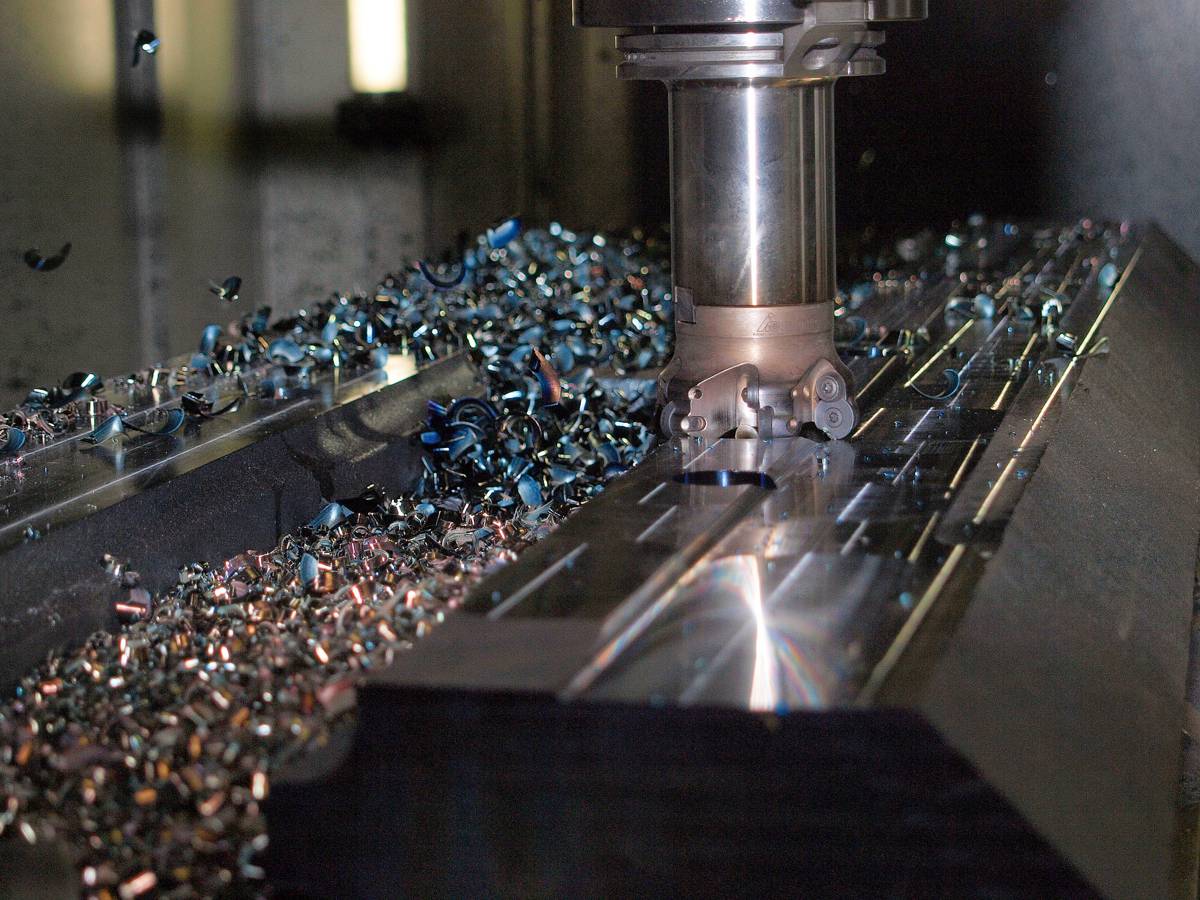
7 Crucial Tips for Reducing the Cost of Machining Aluminum
Here are guidelines to help you reduce the cost of your machining services.
Minimize Internal Cavities
Parts containing deep interior cavities, also referred to as internal pockets, are specific illustrations of the effects of geometry on machining costs. It’s always challenging for machinists to fabricate parts containing these deep internal pockets. They require more time and can easily break.
Also, every CNC tool has limited cutting depths. Hence, these cavities may require specialized, fragile tools to remove enough parts of the materials during fabrication.
Most tools work best when cutting cavities not more than two to three times their diameter. For instance, CNC millers with a diameter of 12 mm will effectively cut internal pockets of up to 25mm. However, the designers should ensure that the internal components don’t go beyond four times their depths. Anything beyond that will skyrocket the production costs.
Increase Thickness of Thin Walls and Features
Components with thin walls are not a good fit for machining processes. The presence of overly thin walls – anything lesser than 0.02 in (0.51mm), may cause a reduced machining speed. This means more machining time and care during fabrication to prevent breakage, thereby increasing operational costs.
Furthermore, they may result in the distortion of the parts, thereby preventing the end-product from meeting tight tolerance standards. It’s best just to avoid these features – that is designers should try to increase the thickness of these components. However, if it is crucial for the fabrication, you may consider other production methods, such as sheet metal fabrication.
Reduce Tight Tolerances
Indeed, machining services are excellent for parts with tight tolerance specifications. However, designs with such requirements, especially unnecessary ones, increase machining costs.
When there’s no defined tolerance in the design, manufacturers should stick to standard tolerance levels, +/- 0.125 mm. This is ideal for most non-critical features.
To reduce the cost of machining aluminum, only specify tighter tolerance when it is essential to the part’s fabrication.
Minimize Surface Finishes and Other Post-Processing Needs
One of the advantages of CNC machining is its fewer post-processing requirements. However, surface finishes and other treatments like heat treatments can help improve the aesthetics and durability of the part.
But multiple surface treatments on a single product should only be considered when it’s vital. Otherwise, it just results in unnecessary additional costs. Sticking with the machined surface finish can help cut out these unnecessary costs.
Retain Rounded Corners
A typical design flaw is leaving the intersection of vertical walls sharp. Generally, most CNC tools automatically leave rounded internal corners. So to speed up the production process, it’s always better to avoid narrow and sharp inner corners in designs.
A broader corner radius implies the removal of fewer materials by the tools with less machining time. On the other hand, a narrow corner radius may require specialized tools to carve out the sharp edges.
Designers should leave edges in U or C shape to minimize costs for easier machining functionalities.
Minimize Complex Geometries
The size and complexity of the design play crucial roles in the production costs. Fabricating large items would require more materials. Moreover, parts with complex and intricate details may require multiple production steps or multiple tools and machines which all account for more costs.
If not necessary, manufacturers should reduce the need for intricate details. Another way to cut costs is to fabricate the parts singly and join them after machining.
Avoid Texts and Lettering
The addition of texts to your design may improve the aesthetic appeal. However, it increases costs considering it requires additional machining processes.
Text engraving should only be considered when it’s crucial to the fabrication. In fact, other surface finishing processes like painting and silk screening are more cost-effective for adding text to machined parts.

Conclusion
Most manufacturers and machinists prefer to work with aluminum because of its numerous benefits, cost efficacy, and easy machinability. However, we’ve gone on to provide essential tips to reduce the cost of machining aluminum.
Adhering to all we have discussed in this article will help you minimize production costs yet get the best out of your material.
